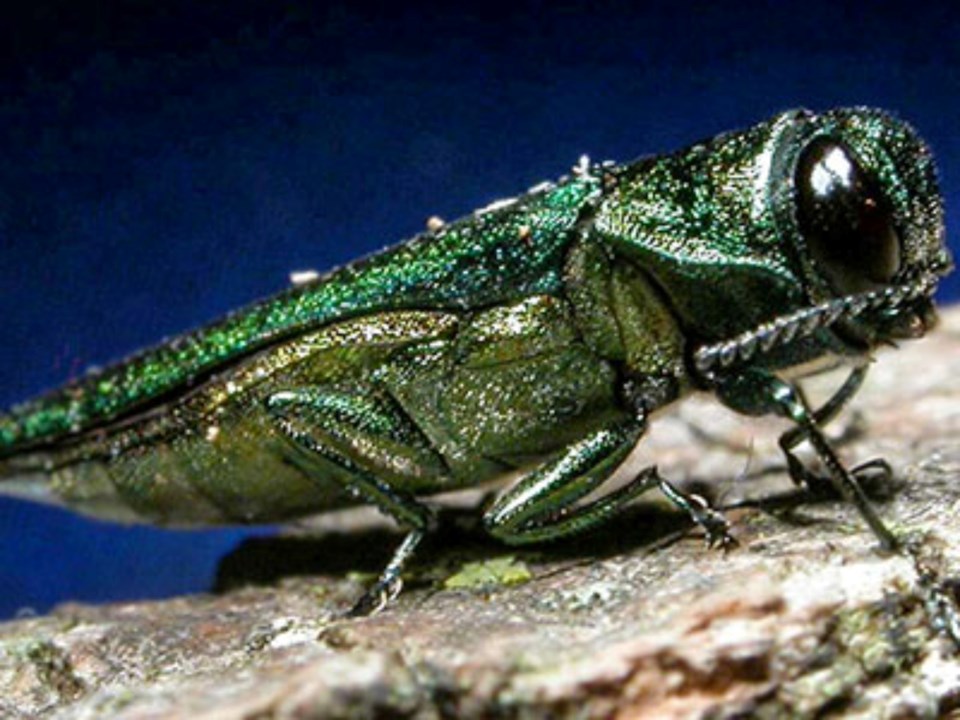EDITOR’S NOTE: This article originally appeared on The Trillium, a new Village Media website devoted exclusively to covering provincial politics at Queen’s Park.
Four species were added to Ontario’s at-risk lists as a result of the responsible organization’s most recent evaluation of the province’s threatened animals and plants.
They include one tree, the pumpkin ash, a butterfly and two other flying insects.
Species found to be at risk by the Committee on the Status of Species at Risk in Ontario are given one of four categorizations — including, from most to least severe: extirpated, endangered, threatened, and of special concern. There are more than 200 species with these designations in Ontario.
Federal and provincial laws require the governments to take various actions to protect endangered species to preserve them and improve their status. Certain required actions can have ripple effects such as slowing or halting land development.
The pumpkin ash received the direst listing of the four, being given the endangered designation by the Committee on the Status of Species at Risk in Ontario. Species on the endangered list face “imminent extinction” in Ontario.
Described as a “medium-sized broad-leaved hardwood tree” that grows in southern Ontario in the committee’s 2022 annual report, there are suspected to be fewer than 10 of them in all of Canada. The pumpkin ash’s eradication is largely due to the emerald ash borer’s spread in Ontario, the committee said. The insect that’s native to Asia was first detected in North America in 2002, according to the U.S. Department of Agriculture.
Two of the newly assigned at-risk species — the northern oak hairstreak and skillet clubtail — were designated as “threatened” by the committee, meaning they’re expected to become endangered if steps aren’t taken to address the threats they face.
The northern oak hairstreak is described in the committee’s report as a “small brownish-grey butterfly with ‘tails’ on its hindwings” and orange and blue patches that are becoming “increasingly scarce” in the few parts of southern Ontario that it inhabits. The main threat to the northern oak hairstreak in Ontario is the invasive spongy moth, the committee’s report said.
The skillet clubtail is a mostly dark-coloured dragonfly with yellow and greenish-yellow markings. The committee suspects there are fewer than 1,000 skillet clubtails at the roughly five locations it inhabits in Ontario, and that it is mainly at risk from worsening water quality and invasive species.
The dukes’ skipper, a skipper only found in Chatham-Kent, Essex and Lambton, was declared of special concern by the committee, which means it's not currently endangered or threatened but could become so.
All four of the newly-assigned at-risk species were assessed for the first time by the committee. It studied 18 species as part of its annual study last year, determining classifications for 17 of them, including seven that they downgraded the at-risk statuses of, and six they kept unchanged.
The seven species whose at-risk statuses were downgraded included the American ginseng, the eastern foxsnake, two types of eastern sand darters, the cougar, the eastern false-rue anemone, and the bald eagle.
